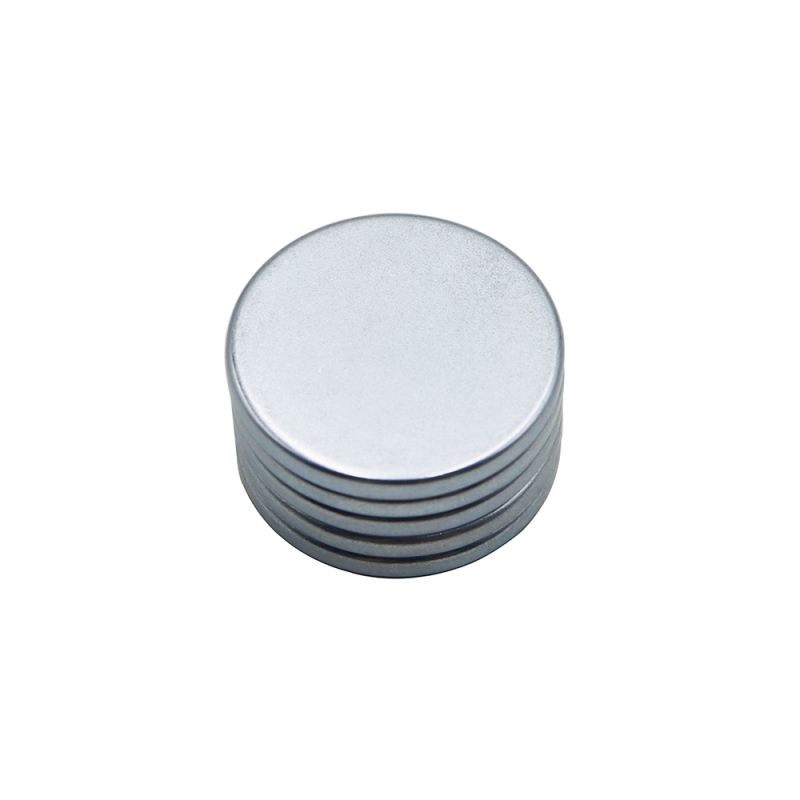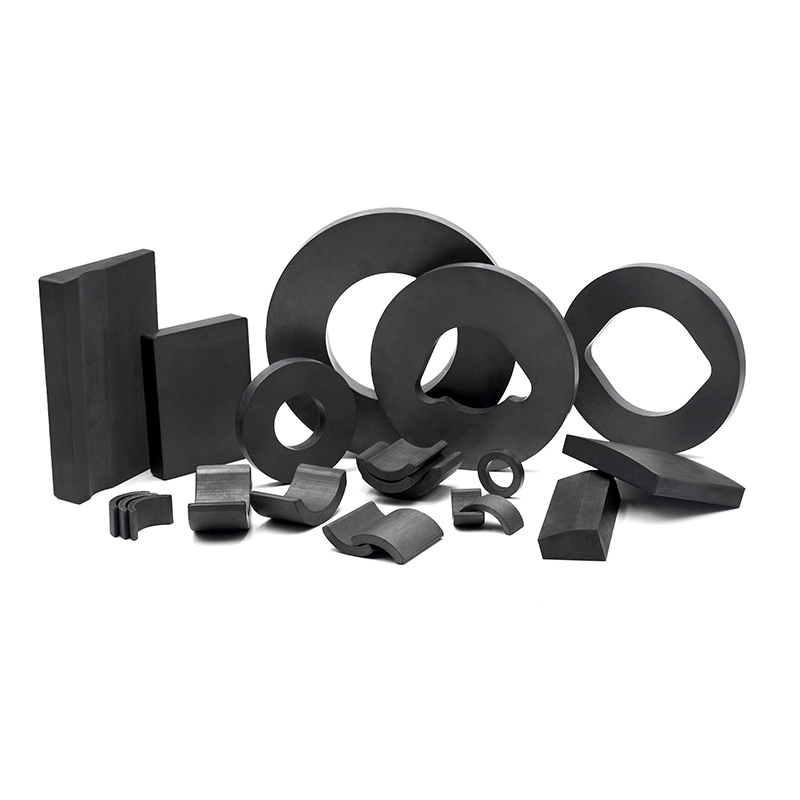IBM announced its TS1170 magnetic tape drive, supporting storage capacities up to 50TB native and higher capacities with compression. The product has a native data rate of 400 MB/s and has a 12Gb SAS and 16Gb Fibre Channel interface options. The company says that it has AES-256 encryption and will support quantum cryptography resistance and is LTFS ready (for a file-like access to tape data).
These drives support new tape cartridge media, 3592 70F (JF media), using Strontium Ferrite magnetic particles and with native storage capacities up to 50TB. The JF media is produced by Fuji Film, who also makes LTO media. There is no downward compatibility with prior generation IBM drives. Prior generation IBM enterprise tape cartridges support up to 20TB native capacity. This new tape drive provides 2.5X more storage capacity in the same cartridge size than was possible on the prior generation TS1160 tape drive. Magnetic Assemblies/Applications

The drives can be used stand-alone or go into IBM’s TS4500 tape storage systems or other storage systems, which supports LTO as well as IBM’s 3592 Enterprise tapes (such as the JF media). Some specifications for the TS4500 are given below. Using JF media archive storage system capacities up to 877TB native capacity are possible. With 3:1 compression, 2.63 exabytes is possible. Tape can be written in write once read many times (WORM) and since many tape drive systems are direct attached rather than network attached, it can be an important component in protecting data from malware (providing an air gap from the network).
IBM TS4500 Magnetic Tape Libary Specifications
IBM sees making future enterprise magnetic tape cartridges that can hold 100TB of native storage capacity. LTO 9 tape capacities are currently at 18TB native but the next generation LTO 10 is slated to be at 36TB native capacity. Such large magnetic tape cartridges will enable saving more data in a given size system footprint.
Since power requirements don’t change much with the storage capacity of the tape cartridges, greater storage capacity per watt of power is also possible. However, it may also be possible that as higher capacity tapes are used that more drives will be employed to enable faster access to data, which could increase the system power requirements.
Since data center real estate is generally at a premium and data center power is also constrained, using higher density tape storage for archiving will enable archiving more data at lower cost, supporting the projected growth of data generation and retention with the growth of smart connected devices and AI.
Magnetic tape is the dominant storage technology used for archiving cold data. SSDs are generally used for primary storage (digital storage with high performance for supporting ongoing processing) and HDDs are used as secondary storage (less expensive digital storage for storing less frequently accessed data) although several SSD companies are trying to displace HDDs for secondary storage.
Archival storage is where data that still has long term value or is required to be stored for legal compliance is generally kept. This storage tier has longer access times, generally due to the physical storage media needing to be loaded into drives to read or write data.
Although storage capacity demand for most of 2022 and 2023 so far have been down due to excess inventory of storage (and memory) products at enterprise and data center customers (as shown in the image below), the total amount of data being generated and processed, due to IoT, smart cities, smart vehicles and AI will drive demand for all types of digital storage technology going forward.
History and Projections of Shippped Storage Device Capacities

N35 Magnet IBM introduced a new JF magnetic tape media for its enterprise tape systems as well as a new tape drive that supports up to 50TB of native cartridge capacity. This product will enable cost effective and sustainable archive storage, maintaining tapes role in the digital storage and memory hierarchy.